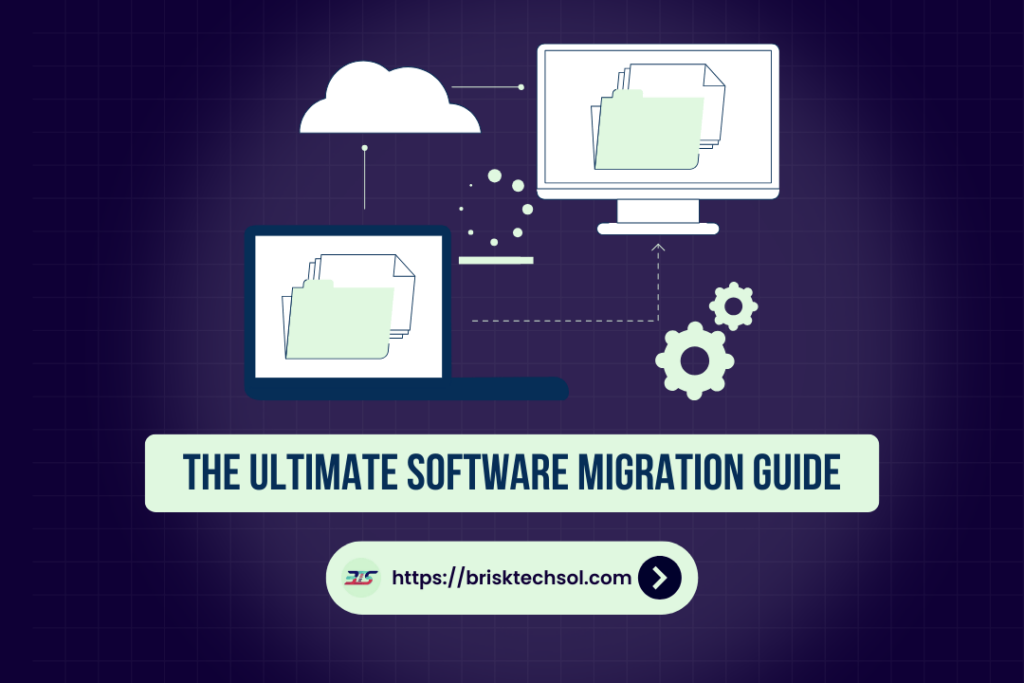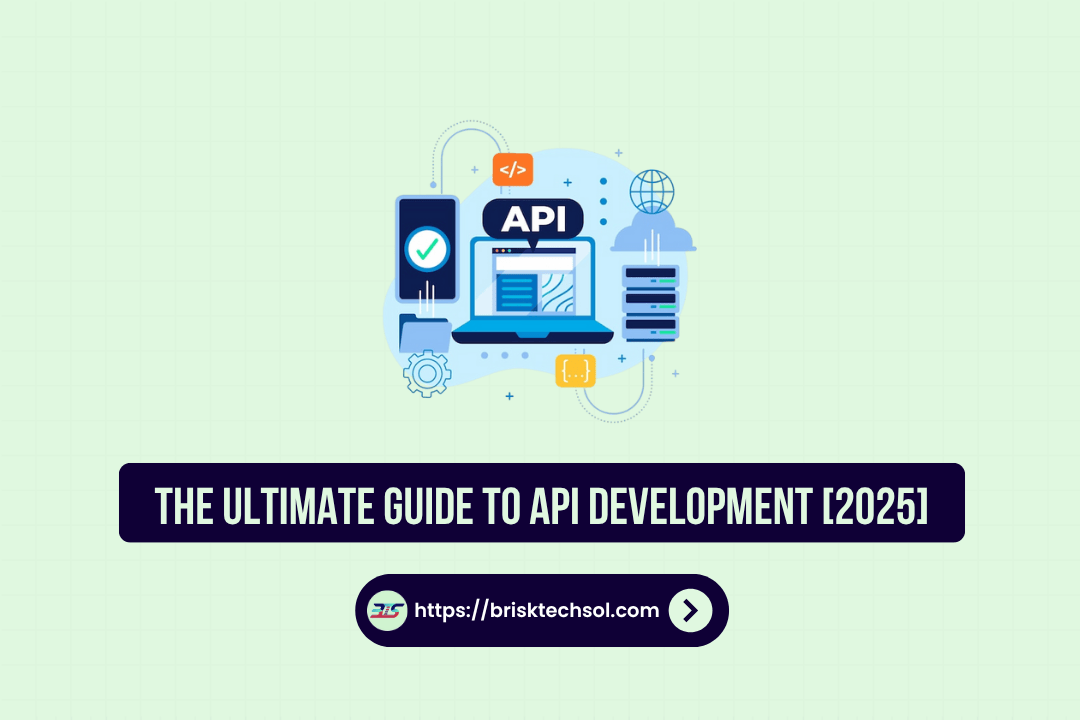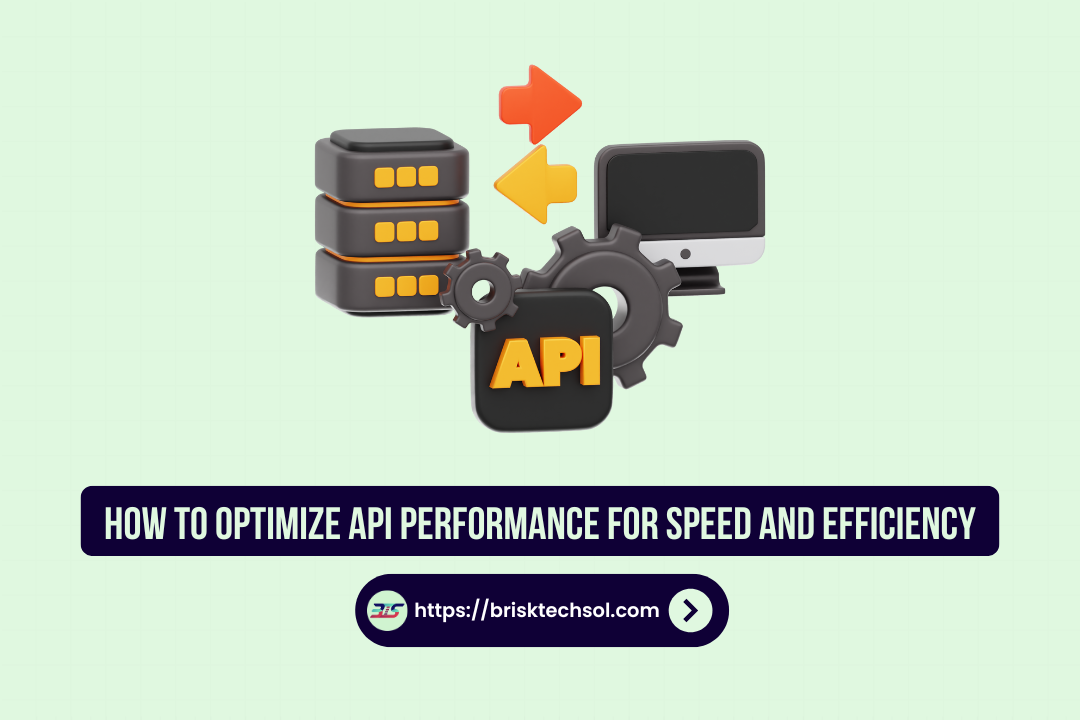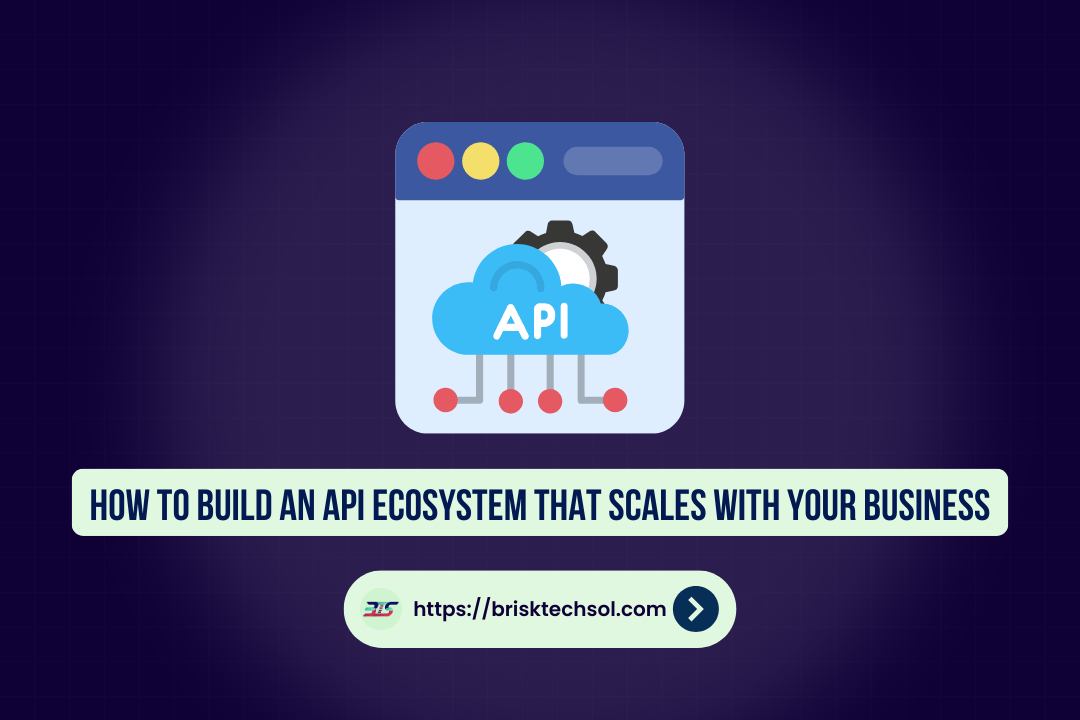What is Software Migration?
Software migration involves moving critical components of an organization’s IT infrastructure whether data, applications, or system environments from one platform to another. Historically, businesses have relied on on-premise systems built decades ago. However, rapid technological advancements have necessitated a shift towards cloud-based solutions and modern architectures. In essence, software migration is the process of updating systems to better align with current technological standards.
The scope of software migration can vary significantly. It might mean a simple “lift-and-shift” of an application from one server to another, or it could involve a complete re-architecting of an application to leverage cloud-native features and microservices. Each approach has its own set of requirements, risks, and benefits. When planning a migration, companies must consider technical compatibility, data integrity, and business continuity to ensure that the transition is smooth and minimizes operational disruptions.
Successful migration requires a blend of strategic planning and technical execution. A well-planned migration not only modernizes the IT environment but also positions organizations for long-term scalability and improved security. Whether upgrading outdated software or transitioning to entirely new platforms, understanding the nuances of software migration is the first step towards achieving competitive advantage.
Why Migrate Software?
The decision to migrate software is driven by multiple business imperatives. One of the foremost reasons is cost reduction. Maintaining legacy systems often involves high expenses in hardware, support, and manual interventions. Modern software solutions offer automated processes and improved efficiencies that can cut operational costs by as much as 30%. In addition, modern platforms often come with enhanced security measures, ensuring that sensitive data is protected from emerging cyber threats.
Performance improvements also drive migration efforts. Upgrading to newer platforms can result in faster load times, higher system availability, and better overall user experiences. This transition is crucial not only for internal operations but also for meeting the expectations of an increasingly digital customer base. Moreover, regulatory compliance requirements compel many organizations to update their systems to meet new data protection and privacy standards, such as GDPR or HIPAA.
Migrating software also unlocks additional benefits like scalability and flexibility. As businesses grow, their IT infrastructure must be capable of handling increased loads and evolving market demands. Cloud-based migrations, for instance, offer on-demand resources that adapt to fluctuating needs, thereby preventing costly downtime. Ultimately, migrating software is an investment in the future a proactive strategy to keep pace with technology trends while ensuring that operations remain secure, efficient, and scalable.
Common Software Migration Types
Software migration can be approached in several ways, depending on the organization’s needs and objectives. The most common types include:
- Lift-and-Shift:
This method involves moving applications from one environment to another with minimal changes. It is cost-effective and quick, ideal for organizations needing an immediate upgrade without significant redevelopment efforts. However, the limitations include potential compatibility issues and a lack of optimization for the new environment. - Re-Platforming:
Also known as “lift-tinker-and-shift,” this approach involves minor adjustments to the application so it can better leverage the benefits of the new platform. This method strikes a balance between minimal disruption and performance improvements but requires moderate redevelopment efforts. - Re-Architecting:
This is a complete overhaul of the application. It involves redesigning the system’s architecture to take full advantage of modern technologies. While re-architecting leads to long-term benefits like enhanced performance, scalability, and maintainability, it is also the most resource-intensive and carries a higher risk.
The following table offers a quick overview of these migration types:
| Migration Type | Description | Advantages | Challenges |
|---|---|---|---|
| Lift-and-Shift | Minimal changes; direct transfer | Fast, cost-effective initially | May not fully utilize new platform |
| Re-Platforming | Minor optimizations for the new environment | Better performance; moderate changes | Requires some redevelopment |
| Re-Architecting | Complete redesign of the system | Long-term scalability and efficiency | High cost, extended timelines |
Each method has unique benefits and limitations. Organizations must align their choice with their technical requirements, budget constraints, and long-term strategic goals.
Challenges in Software Migration
While the benefits of software migration are significant, organizations often encounter several challenges during the process. One major challenge is ensuring data integrity. Migrating large datasets increases the risk of data loss or corruption if not managed carefully. In addition, compatibility issues may arise when legacy systems are not fully compatible with modern platforms, leading to potential downtime and business disruption.
Organizational challenges are also common. Resistance to change among employees can hinder smooth adoption of new systems. Insufficient training and lack of clear communication may result in delays and errors. Furthermore, migration projects are notorious for exceeding budget estimates. Research indicates that nearly 40% of migration projects experience cost overruns due to unforeseen technical difficulties and delays.
Risk management becomes critical in this context. Organizations must invest time in pre-migration assessments, create detailed contingency plans, and allocate sufficient resources to manage the transition effectively. Addressing these challenges head-on—with thorough planning, robust testing protocols, and ongoing stakeholder engagement can significantly reduce the risks and ensure that the migration delivers the expected long-term benefits.
Planning Your Software Migration Strategy
A successful software migration begins long before any technical work is done. Effective planning and resource allocation are crucial to ensuring that the migration process is smooth and that post-migration performance meets or exceeds expectations.
Pre-Migration Assessment and Planning
Before initiating any migration, a comprehensive pre-migration assessment is essential. This phase involves auditing your current IT infrastructure to identify legacy systems, potential bottlenecks, and compatibility issues. The assessment should involve all key stakeholders—from IT professionals to executive management to ensure that every aspect of the migration is thoroughly understood and planned for.
During the pre-migration phase, organizations should conduct a gap analysis to determine the differences between the existing environment and the desired future state. This analysis helps in deciding whether a simple “lift-and-shift” is sufficient or if a more robust re-architecting strategy is required. Key metrics such as system performance, data volume, and security vulnerabilities should be documented and analyzed.
Additionally, defining clear objectives and success criteria is critical. These metrics might include improved system uptime, enhanced security features, or cost reductions post-migration. A detailed risk assessment should also be carried out to identify potential issues and develop mitigation strategies. By setting a strong foundation with a comprehensive pre-migration assessment, organizations can ensure that the migration roadmap is aligned with business goals and that the process is executed efficiently with minimal disruption.
Migration Roadmap and Best Practices
After the initial assessment, developing a migration roadmap becomes the next crucial step. This roadmap acts as a blueprint for the entire migration process, clearly outlining each phase from planning and execution to post-migration support. A well-structured roadmap typically divides the project into four phases: discovery, planning, execution, and post-migration.
- Discovery Phase:
In this phase, a detailed audit of current systems is conducted, and the scope of the migration is defined. Key stakeholders and technical leads are identified, and initial challenges are outlined. - Planning Phase:
Detailed project timelines, resource allocation, and risk mitigation strategies are developed. This phase includes creating a comprehensive project plan that specifies roles, responsibilities, and milestones. - Execution Phase:
The actual migration is carried out. This phase includes data transfer, system integration, and comprehensive testing. It is crucial to ensure that all systems are functioning correctly before fully transitioning to the new environment. - Post-Migration Phase:
Continuous monitoring, performance evaluations, and iterative improvements are implemented. Feedback from end users is gathered to make further optimizations.
The following table illustrates a sample migration roadmap:
| Phase | Key Actions | Duration | Expected Outcome |
|---|---|---|---|
| Discovery | System audit, requirement gathering | 2-4 weeks | Defined migration scope and objectives |
| Planning | Roadmap creation, risk analysis | 3-6 weeks | Detailed project plan and stakeholder alignment |
| Execution | Data migration, testing, deployment | Varies | Seamless system transition |
| Post-Migration | Monitoring, feedback collection | Ongoing | Continuous system optimization |
Adhering to industry best practices during each phase ensures that the migration is executed smoothly. Integrating agile methodologies can provide the flexibility needed to adjust the roadmap as challenges emerge, ensuring that the project remains on track and within budget.
Tools and Technologies for Migration
The choice of tools and technologies is pivotal to a successful software migration. With numerous automated migration platforms and cloud integration tools available, selecting the right combination is essential to reduce manual errors and ensure a smooth transition.
Modern migration tools typically provide features like real-time monitoring, automated data validation, and robust logging. These tools not only speed up the migration process but also help maintain data integrity and compliance with industry security standards. Cloud providers, for example, offer built-in migration services that streamline data transfer and integration, while third-party solutions offer enhanced customization and support for hybrid environments.
Case studies have shown that organizations using automated tools can reduce system downtime by up to 50% compared to manual processes. When evaluating tools, consider factors such as ease of integration, scalability, cost, and support for regulatory compliance. By leveraging the right mix of tools and technologies, companies can ensure that their migration is not only efficient but also lays the groundwork for future scalability and innovation.
Budgeting and Resource Allocation
Budgeting and resource allocation are critical components of a successful migration strategy. Organizations must factor in both direct costs—such as new software licenses, hardware upgrades, and consultancy fees and indirect costs, such as training and potential downtime. A detailed cost-benefit analysis, including ROI projections, should be performed early in the planning phase to justify the investment in migration.
Allocating resources effectively involves balancing internal expertise with external support. In many cases, partnering with experienced migration specialists can help mitigate risks and accelerate the process. Dedicated project managers and cross-functional teams should be assigned to oversee the migration, ensuring that every phase is closely monitored and that any emerging issues are addressed promptly.
Data from industry surveys indicate that migration projects with well-planned resource allocation are 30% more likely to stay on schedule and within budget. Establishing a contingency fund is also recommended, as unforeseen challenges are common during migration projects. With meticulous budgeting and resource allocation, organizations can navigate the complexities of migration while safeguarding their investment and achieving long-term operational benefits.
Executing the Migration Process
Once the planning is complete, the next step is to execute the migration. This stage requires careful coordination, rigorous testing, and proactive risk management to ensure that the transition from the old system to the new environment is seamless and minimally disruptive.
Step-by-Step Migration Process
Executing a successful software migration requires a systematic, step-by-step approach. The process typically begins with a final pre-migration checklist that confirms data backups, system readiness, and clear communication with all stakeholders. The migration process is then divided into three main phases: pre-migration, migration, and post-migration.
- Pre-Migration:
Final preparations are made, including verifying that all systems are fully backed up and that rollback procedures are in place. Detailed instructions are shared with technical teams to ensure everyone understands their responsibilities. - Migration:
Data and applications are transferred to the new environment. During this phase, continuous monitoring is essential to detect any discrepancies or issues as soon as they occur. The technical team works in real time to address and rectify any problems that may arise. - Post-Migration:
After the transfer, extensive testing and validation are carried out to ensure that all systems function as expected. The performance of the new environment is compared against pre-defined benchmarks, and final adjustments are made to optimize performance.
A well-organized process, with clearly defined roles and responsibilities, is crucial. The following table summarizes the key steps and responsibilities:
| Step | Description | Responsible Party |
|---|---|---|
| Pre-Migration | Final backup, checklist verification | IT & Project Management |
| Migration | Data transfer and live monitoring | Technical Teams |
| Post-Migration | System validation and performance testing | QA & Support Teams |
By following this structured approach, organizations can minimize disruptions and ensure a smooth transition to the new system.
Testing and Quality Assurance
Rigorous testing is essential throughout the migration process. Quality assurance (QA) should be integrated into every phase—from pre-migration to post-migration to ensure that the new system meets all performance, security, and functionality requirements.
Testing involves multiple layers:
- Unit Testing: Verifies individual components for correct operation.
- Integration Testing: Ensures that different modules and systems work together seamlessly.
- System Testing: Conducts a comprehensive check to ensure that the entire system functions as intended under real-world conditions.
Automated testing tools are particularly valuable in detecting and resolving issues quickly. They help reduce the time spent on manual testing and increase the reliability of the migration process. By simulating user scenarios and stress-testing the system, QA teams can identify potential performance bottlenecks and security vulnerabilities before the new system goes live.
Ensuring high-quality performance post-migration is crucial. Once the migration is complete, continuous monitoring and regular testing must be carried out to maintain system integrity. This proactive approach not only minimizes the risk of future issues but also enhances overall user satisfaction and system reliability.
Key Takeaways
- Strategic Imperative:
Software migration is essential for modern businesses to remain competitive, improve efficiency, and enhance security. - Definition & Scope:
It involves transferring data, applications, or systems from one environment to another, whether through a simple “lift-and-shift” or a comprehensive re-architecting process. - Key Drivers:
Migration is driven by the need to reduce costs, meet regulatory compliance, improve performance, and achieve scalability. - Types of Migration:
The article outlines three main approaches—lift-and-shift, re-platforming, and re-architecting—each with distinct advantages and challenges. - Thorough Planning:
A successful migration begins with a detailed pre-migration assessment, clear roadmap development, risk mitigation, and proper budgeting/resource allocation. - Tools & Technologies:
Utilizing automated migration platforms, cloud integration tools, and real-time monitoring systems is crucial for reducing errors and ensuring a secure, efficient transition. - Execution & Testing:
A step-by-step migration process that includes comprehensive testing (unit, integration, and system testing) is essential for minimizing disruptions. - Post-Migration Optimization:
Continuous monitoring, performance evaluation, troubleshooting, and leveraging user feedback are vital to maintain and improve the new system.
FAQ Section
Q1: What is software migration and why is it critical?
Software migration involves transferring data, applications, or entire systems from one environment to another to improve performance, security, and scalability. It is critical because it enables organizations to adopt modern technologies, reduce operational costs, and stay competitive in an evolving digital landscape.
Q2: What common challenges arise during software migration?
Common challenges include data integrity risks, compatibility issues, potential system downtime, and budget overruns. Adequate planning, thorough testing, and robust risk management are essential to overcoming these hurdles.
Q3: How can companies plan and budget for a successful migration?
A detailed pre-migration assessment, clear roadmap development, and strategic resource allocation are key. Organizations should perform a cost-benefit analysis, set realistic milestones, and establish contingency funds to manage unforeseen challenges.
Q4: Which tools are essential for ensuring a secure migration process?
Essential tools include automated migration platforms, cloud integration solutions, and real-time monitoring systems. These tools help maintain data integrity, ensure compliance with security standards, and minimize manual errors.
Q5: What future trends are influencing software migration?
Emerging trends such as AI-driven migration strategies, cloud-native architectures, containerization, and enhanced cybersecurity measures are shaping the future of software migration. These innovations are making migrations faster, more secure, and more scalable.









